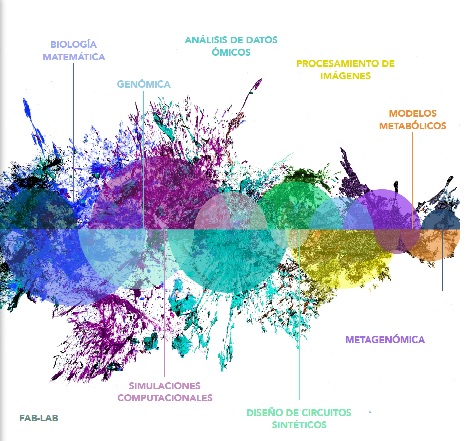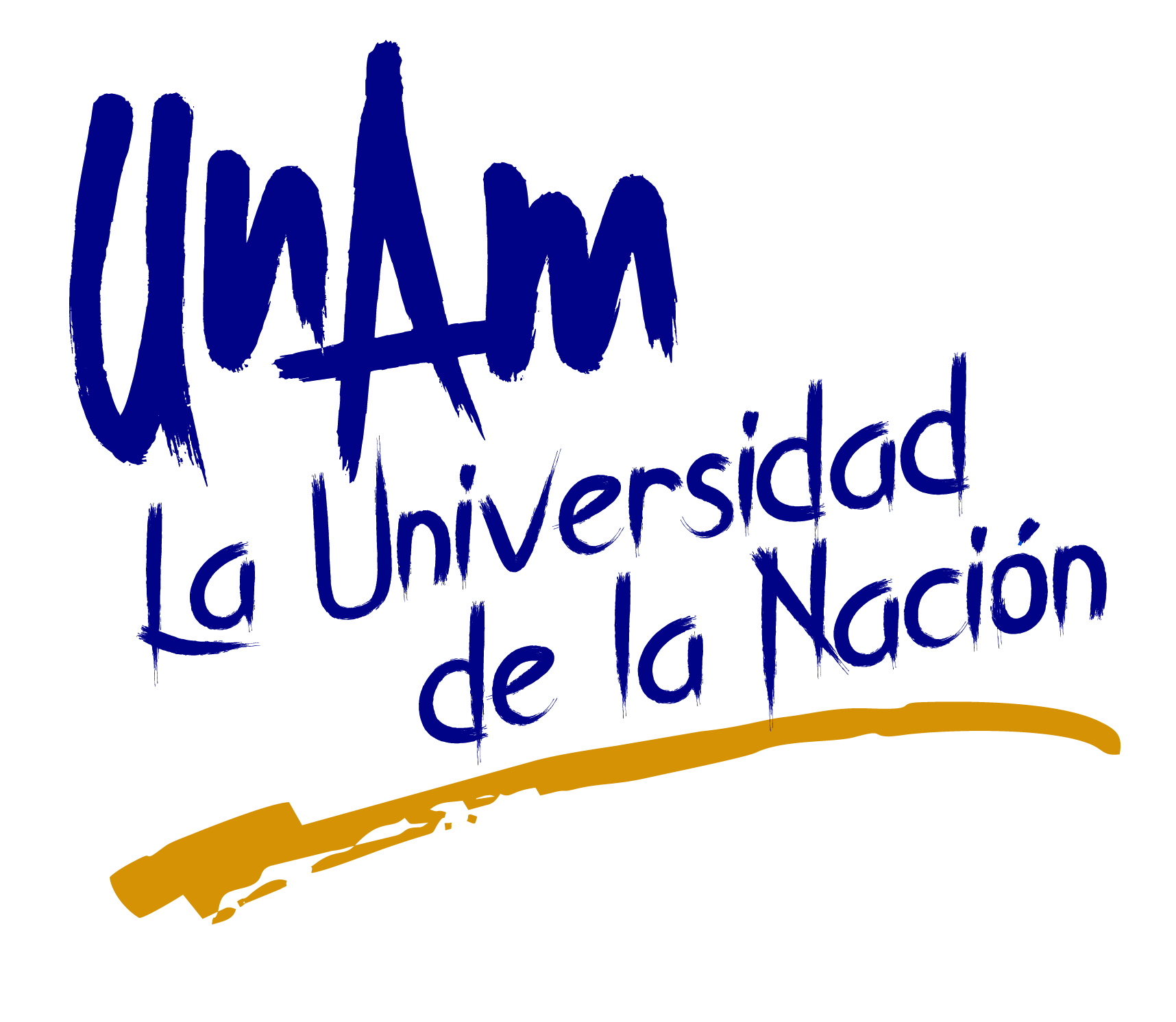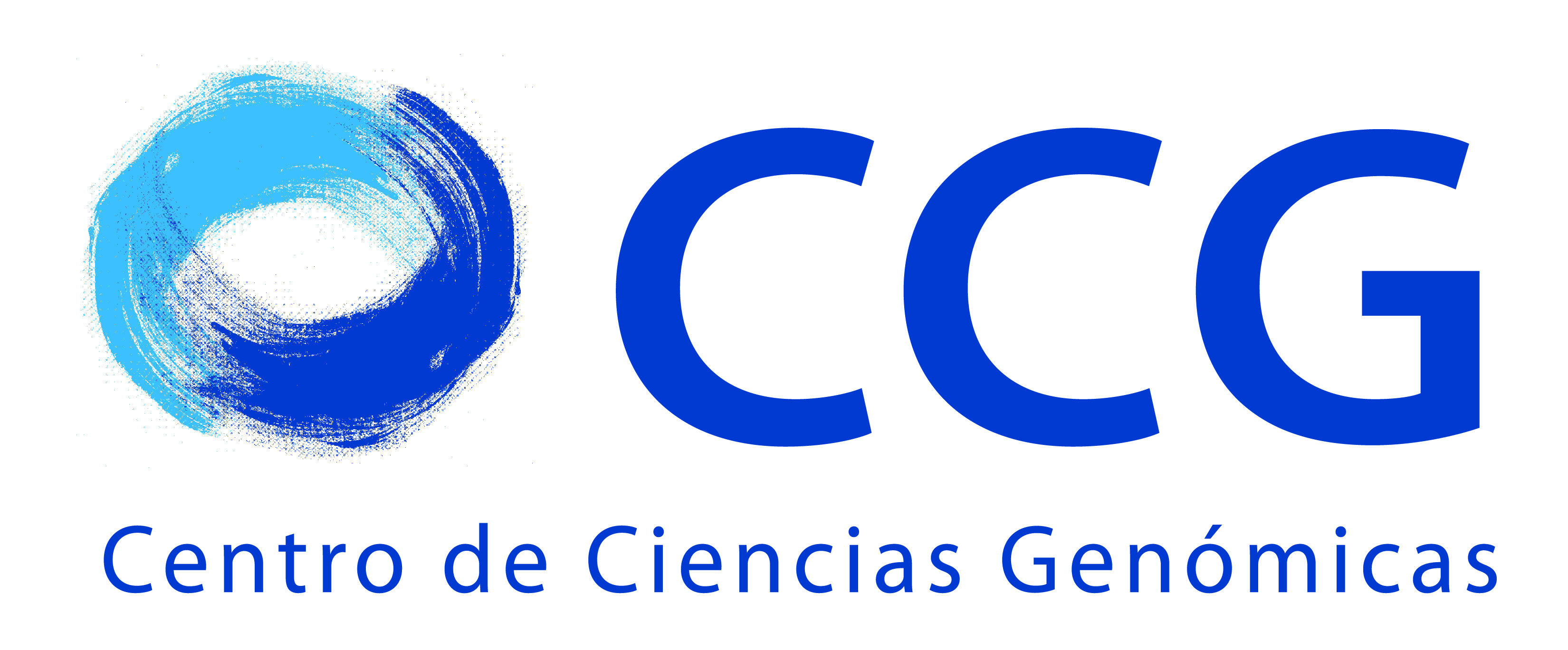Interactions between Pro- and Eukaryotes Research Group
Group Responsible: Otto Geiger, Ph.D.
The research group
By the time this Research Group joined the Nitrogen Fixation Research Center in 1999, the laboratory of Otto Geiger had discovered the phosphatidylcholine synthase pathway, which constitutes a major route for phosphatidylcholine (lecithine) formation in bacteria. This finding started a research line aimed to understand how molecules of the bacterial membrane or cell surface modify defense responses of eukaryotic hosts thus allowing long-lasting or permanent infections which can lead to symbiotic or pathogenic interactions with the host.
Present and Future
A recent major contribution of this research group has been the discovery of the biosynthesis pathway for ornithine-containing lipids which are bioactive lipids encountered in many eubacterial membranes. Ornithine-containing lipids can be modified in different parts of the molecule. Presently, we try to understand how biotic and abiotic external factors direct modifications of bacterial membrane lipids and which are the functional consequences provoked by such changes.
Future research is directed towards an understanding how specific bacterial pathways for the biosynthesis of important cell surface components can be inhibited and how, based on a detailed study of the enzymes involved, these routes can be explored for a structure-based design of novel antibiotics. A search for novel bioactive eubacterial membrane lipids will be initiated trying to functionally realize the hidden information of the soil metagenome.
Research Interests
The interaction of eubacterial prokaryotes with multicellular eukaryotes can lead to a pathogenic or a symbiotic relationship between the two organisms. Pathogenic relationships are usually damaging the eukaryotic host whereas symbiotic relationships provide benefits for both, the bacterial and eukaryotic partner. However, in both types of relationships there are common principles and besides released signals, bacterial cell surfaces are major determinants for an interaction with eukaryotes. Generally, bacterial cell surface molecules, like exopolysaccharides or lipopolysaccharides, provoke strong defense mechanisms by the eukaryotic host. However, for a sustained interaction of a bacterium with a eukaryotic host, it is essential that host defense responses are much reduced or non-existant. One of our research interests is directed towards an understanding of how bacterial cell surface molecules can be modified so that they convey an efficient camouflage for a bacterium entering a eukaryotic host, thereby provoking only reduced host defense responses. Examples of special interest are mechanisms of molecular mimicry in which bacteria imitate molecules that are characteristic for eukaryotes thereby causing reduced host responses. Reduced host defense responses are necessary for the success of a bacterium when getting in contact with the eukaryote and are an essential requirement for the set-up of long-term symbiotic interactions or of persistent infections. One major research effort is focussed towards an understanding of the formation and function of bacterial membranes and their components. Besides phospholipids, bacterial membrane lipids are investigated that do not contain any phosphorus. A unique bacterial pathway for phosphatidylcholine biosynthesis, the phosphatidylcholine synthase pathway, was discovered by our group and presently we are studying whether phosphatidylcholine synthase might be a suitable target for antibacterial drugs. In one of our model systems, we are studying the molecular events leading to the development of a nitrogen-fixing root nodule in the Rhizobium -legume symbiosis. Besides defining signals and nutritional compounds provided by one symbiotic partner and recognized or used by the other, we want to clarify the rhizobial substances that are essential for the successful establishment of the symbiosis.
| Responsible: | Dr. Otto Geiger |
| Researcher(s): | Dra. Isabel López Lara, Dr. Christian Sohlenkamp |









